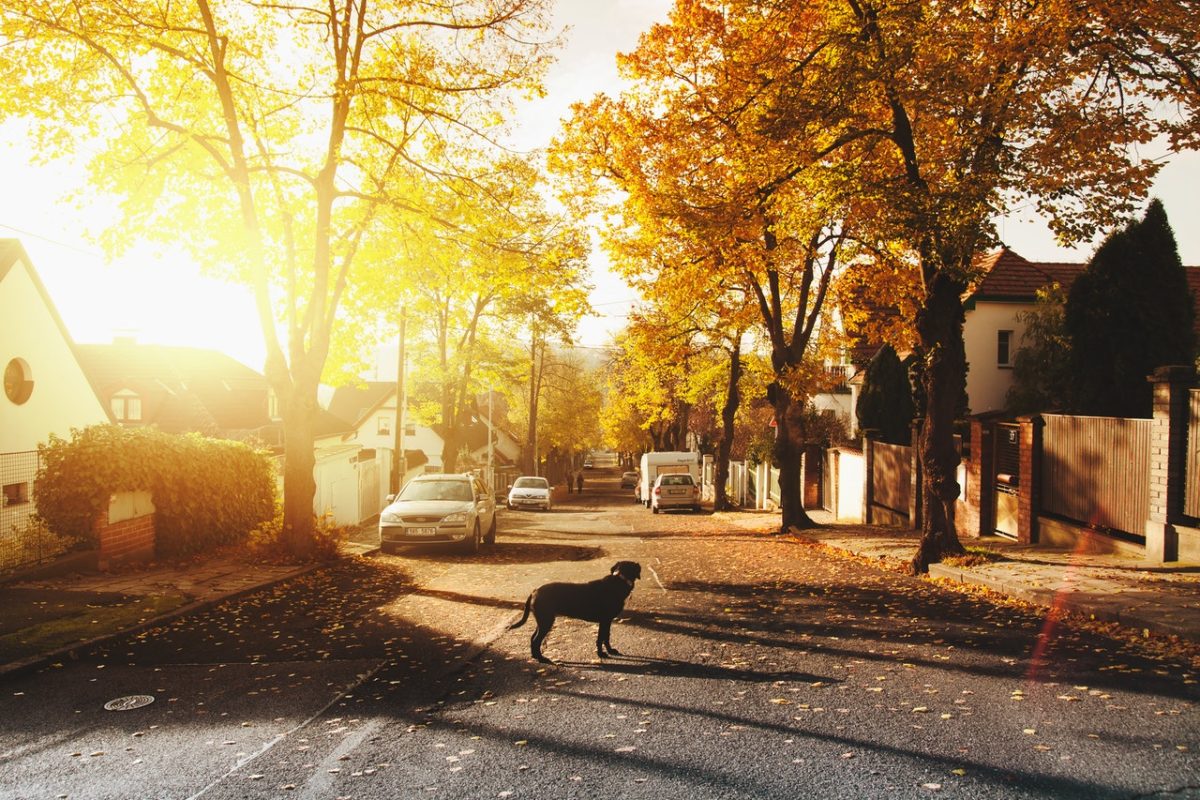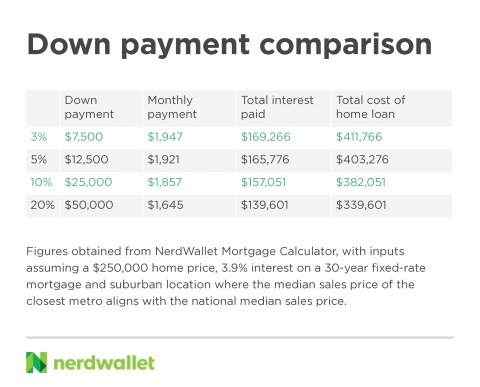Stop Stressing: You Don’t Need a 20% Down Payment to Buy a Home
Many Americans may be unnecessarily talking themselves out of homeownership. Thirty-seven percent of non-homeowners say not having enough saved for a down payment is holding them back from homeownership, but 62% of Americans incorrectly believe you have to have at least 20% of a home’s purchase price to buy, according to NerdWallet’s 2020 Home Buyer Report.
“These days, you don’t need to put a full 20% down on a home,” says NerdWallet home and mortgage expert Holden Lewis. “Lenders offer mortgages with far less — as little as 3% down — which allows far more people to get into homeownership sooner.”
So, how do you know just how much you need to save up based on your specific goals? It requires a little strategizing.
Before you can zero in on a down payment target, you have to determine how much home you can afford and when you’d like to start home shopping. First, set your homebuying budget with a home affordability calculator to get estimated monthly payments based on various home prices, down payment amounts and locations.
Then, set an approximate timeline. Maybe you’re planning a wedding and know you won’t be ready to purchase for at least two years, or you’re just starting a graduate program and want to give yourself five years to find employment and settle down after graduation. Be realistic and account for your life circumstances.
With a homebuying budget and estimated timeline, you can start running numbers to set a down payment savings goal.
1. Is saving 20% by your goal date realistic?
Calculate 20% of that homebuying budget and determine if it’s feasible to stash that amount away in the time you’ve allotted.
If the answer is yes, great! A big down payment doesn’t only lower monthly payments, it can save you thousands of dollars in interest over the life of the loan and eliminate the need to pay private mortgage insurance.
If it’s no, you have two options: Revisit your goal parameters — opting for a less expensive home or pushing out your target date — or consider a smaller down payment.
Example: For a $250,000 home, someone starting with $0 saved would need to save about $1,400 each month to reach a 20% down payment in three years. For most folks, that’s a stretch. Adjusting the timeline to five years would require monthly savings of about $800. While that may be more realistic, a smaller down payment could get you in a home sooner and with less stress to your monthly household budget.
2. How much can you save by your deadline?
What’s the most you can save monthly for your down payment goal? If you don’t already know the answer, create a monthly household budget to help figure out where your money is going and how much you can set aside.
At a high level, allocating 50% of your post-tax income toward your needs, 30% toward your wants, and 20% toward savings (including your down payment) and debt repayment is a sustainable approach. But by accounting for all of your income and spending, you may realize you can sacrifice a little of your dining out and entertainment money (wants) temporarily to make homeownership a reality sooner.
Example: You decide you can set aside $350 each month. If you’re still hoping to start home shopping in three years, this would leave you with $12,600, or a 5% down payment. Because many lenders accept down payments of 5%, and even lower, you’ll be in a good place to buy around your three-year target date.
3. Do you qualify for down payment assistance?
Weighing the trade-offs of a high vs. low down payment
A down payment doesn’t have to stand in the way of homeownership. Smaller down payments and down payment assistance programs can help you achieve your homebuying dreams more quickly and leave you some savings for an emergency fund or unexpected repairs.
It’s worth considering, too, since there’s no guarantee your $250,000 homebuying budget will get you the same type of property in three years as it would if you bought sooner. Home prices have been rising, but what will happen in the future and what it could mean for your down payment target is hard to know.
How much of a down payment you need is ultimately a personal decision, a balancing act between financial factors and how quickly you want to achieve your dream of homeownership.



